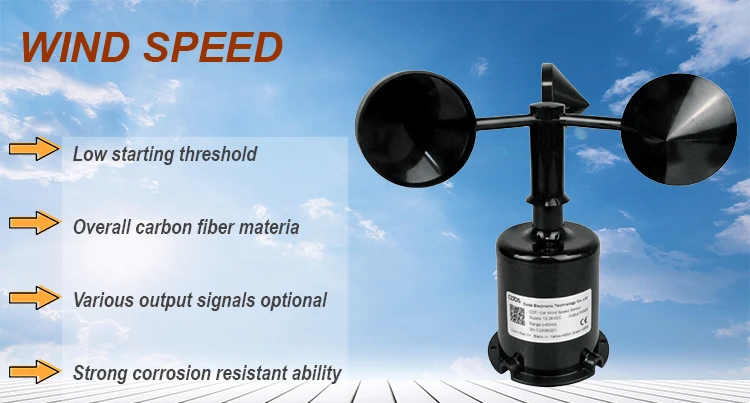Wind Direction Measurement Instrument

# Wind Direction Measurement Instrument
## Understanding Wind Direction Measurement
Wind direction is a crucial meteorological parameter that helps in weather forecasting, aviation, marine navigation, and various industrial applications. Measuring wind direction accurately requires specialized instruments designed to detect and record the direction from which the wind is blowing.
## Types of Wind Direction Measurement Instruments
Several instruments have been developed to measure wind direction with varying degrees of accuracy and complexity:
### 1. Wind Vanes
The most traditional and widely recognized instrument for measuring wind direction is the wind vane. This simple device consists of:
– A freely rotating arrow or pointer
– A fixed base with directional markings (typically compass points)
– A vertical axis that allows the arrow to align with wind direction
Wind vanes are often mounted on rooftops or tall poles to ensure unobstructed wind flow. The arrow points into the wind, indicating the direction from which the wind originates.
### 2. Anemometers with Direction Sensors
Modern electronic anemometers often combine wind speed and direction measurement capabilities. These devices typically feature:
– A wind vane component for direction detection
– Electronic sensors to convert mechanical movement into electrical signals
– Digital displays or data logging capabilities
These instruments provide more precise measurements and can record wind direction data over time for analysis.
### 3. Sonic Anemometers
Advanced sonic anemometers use ultrasonic sound waves to measure both wind speed and direction. These instruments:
– Have no moving parts, reducing maintenance needs
– Can measure wind direction in three dimensions
– Provide extremely fast response times
Sonic anemometers are particularly valuable in research applications and turbulent wind conditions.
## Key Features of Quality Wind Direction Instruments
When selecting a wind direction measurement instrument, consider these important characteristics:
Accuracy and Resolution
High-quality instruments typically offer accuracy within ±5 degrees and resolution of 1 degree or better.
Durability
Instruments should withstand various weather conditions, including rain, snow, and extreme temperatures.
Response Time
Fast response times are essential for capturing rapid wind direction changes, especially in turbulent conditions.
Output Options
Modern instruments may offer analog outputs, digital interfaces, or wireless connectivity for data collection.
## Applications of Wind Direction Measurement
Wind direction data serves numerous important purposes:
– Weather forecasting and climate studies
– Aviation operations and airport safety
– Wind energy production optimization
– Agricultural planning and pesticide application
– Marine navigation and safety
– Air quality monitoring and pollution dispersion studies
## Maintenance and Calibration
To ensure accurate measurements, wind direction instruments require regular maintenance:
- Periodic cleaning to remove dirt and debris
- Verification of alignment with true north
- Lubrication of moving parts (for mechanical instruments)
- Regular calibration checks against known references
## Choosing the Right Instrument
Selecting the appropriate wind direction measurement instrument depends on several factors:
- Required accuracy and precision
- Environmental conditions
- Budget constraints
- Data recording needs
- Installation location and mounting options
For most general applications, a quality wind vane or combined anemometer/wind vane system provides adequate performance. Research and industrial applications may require more sophisticated sonic anemometers or specialized directional sensors.
Keyword: instrument measure wind direction